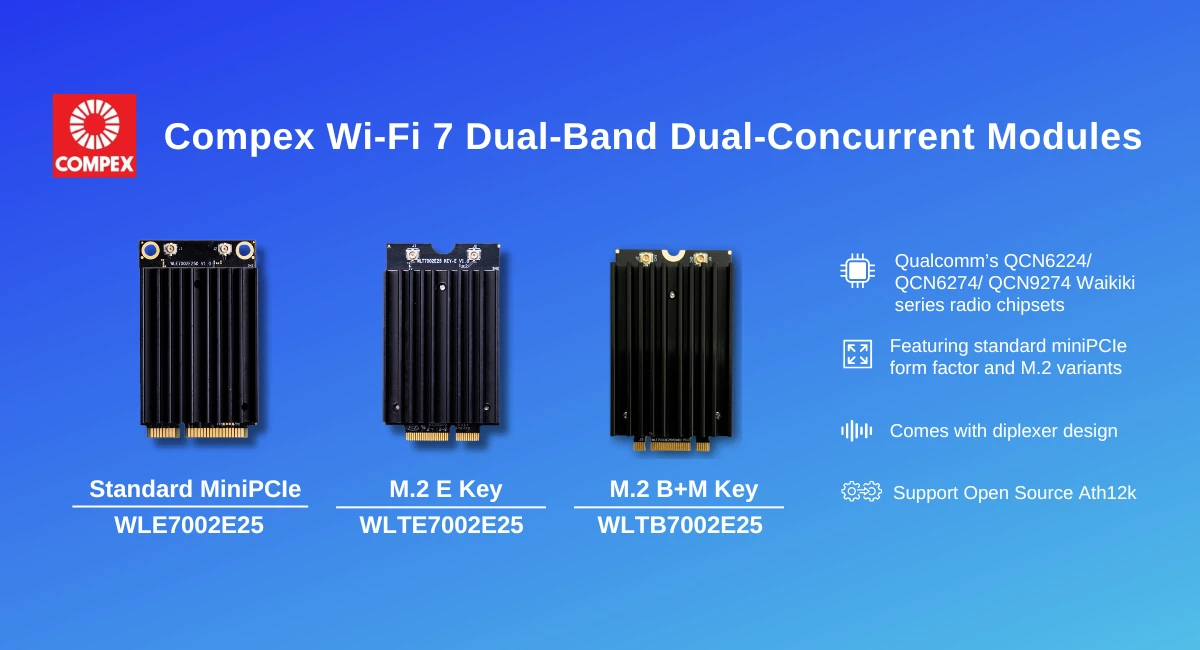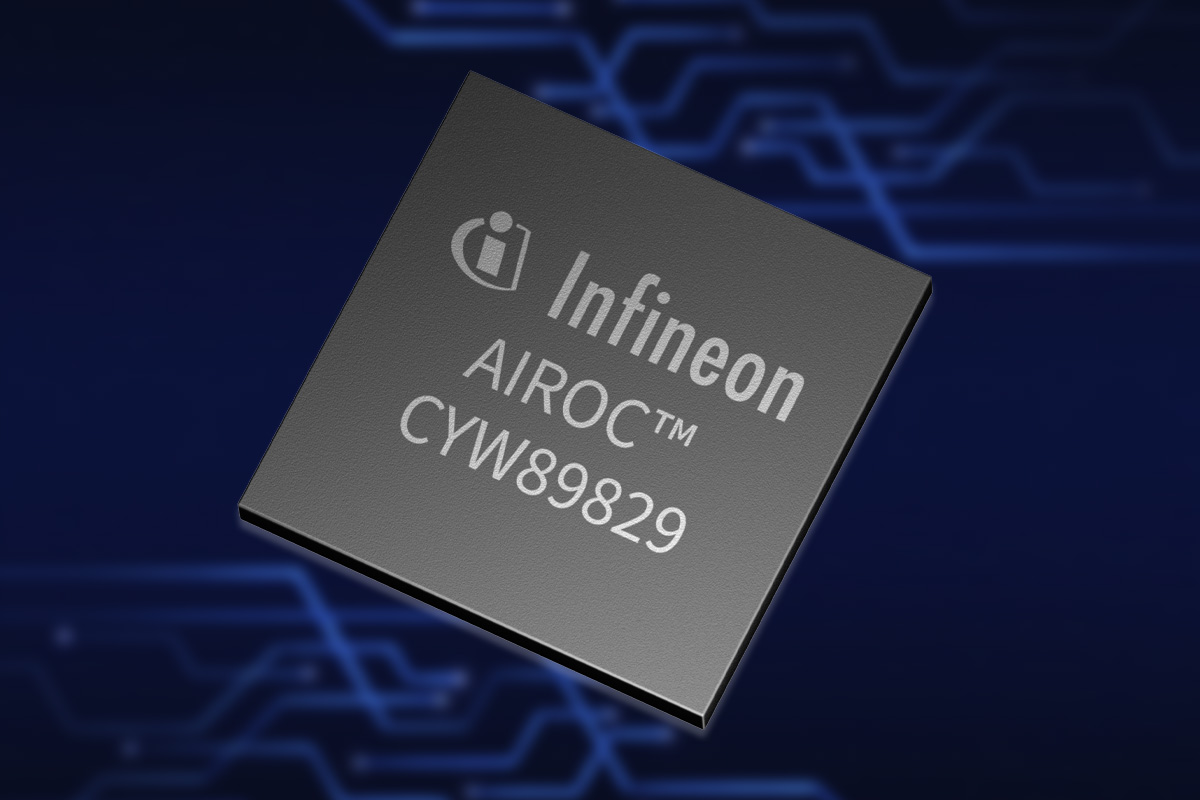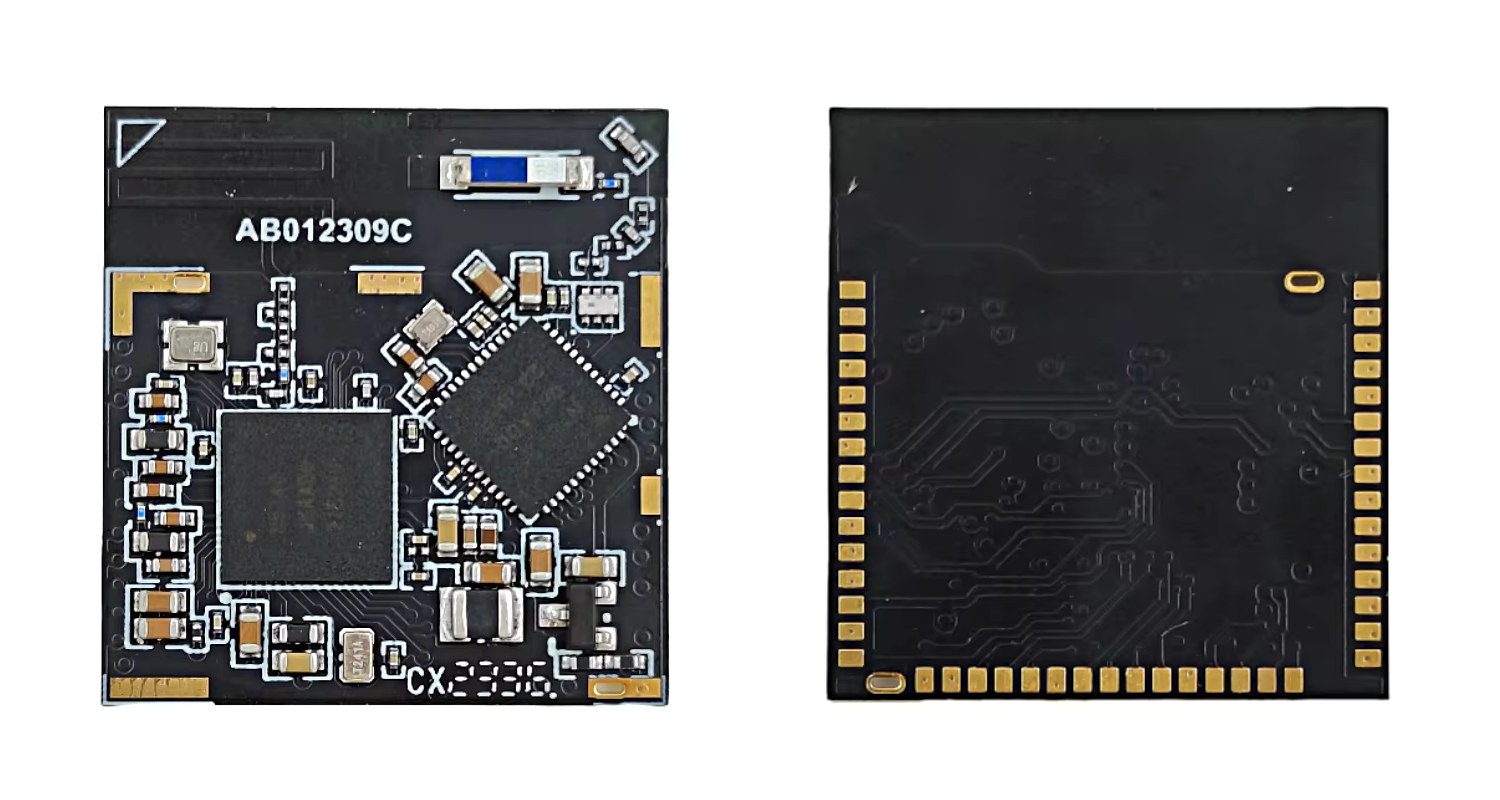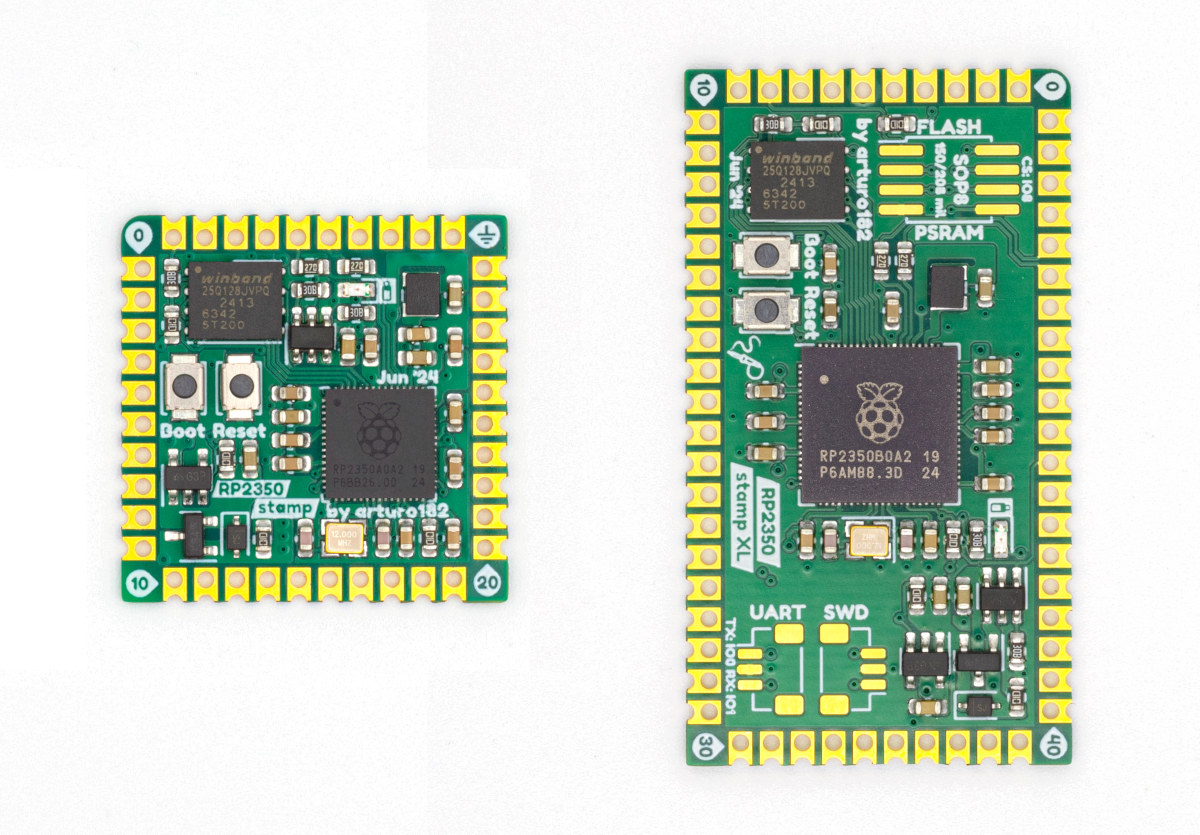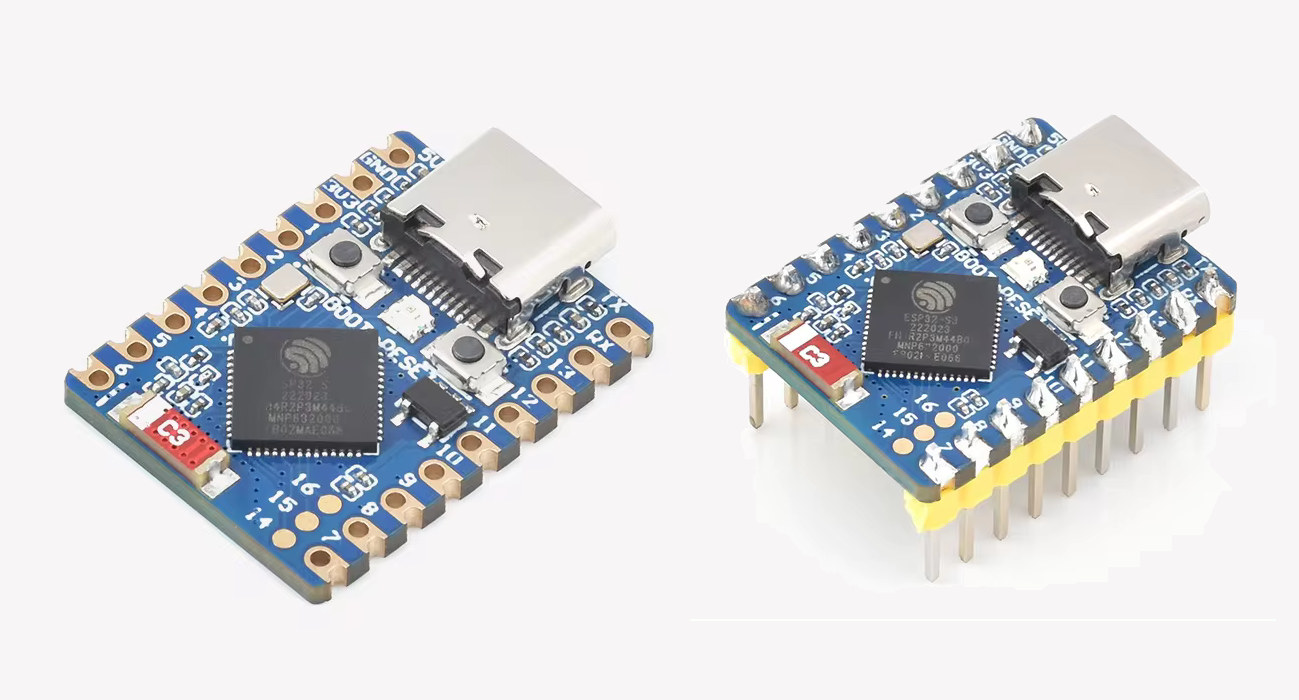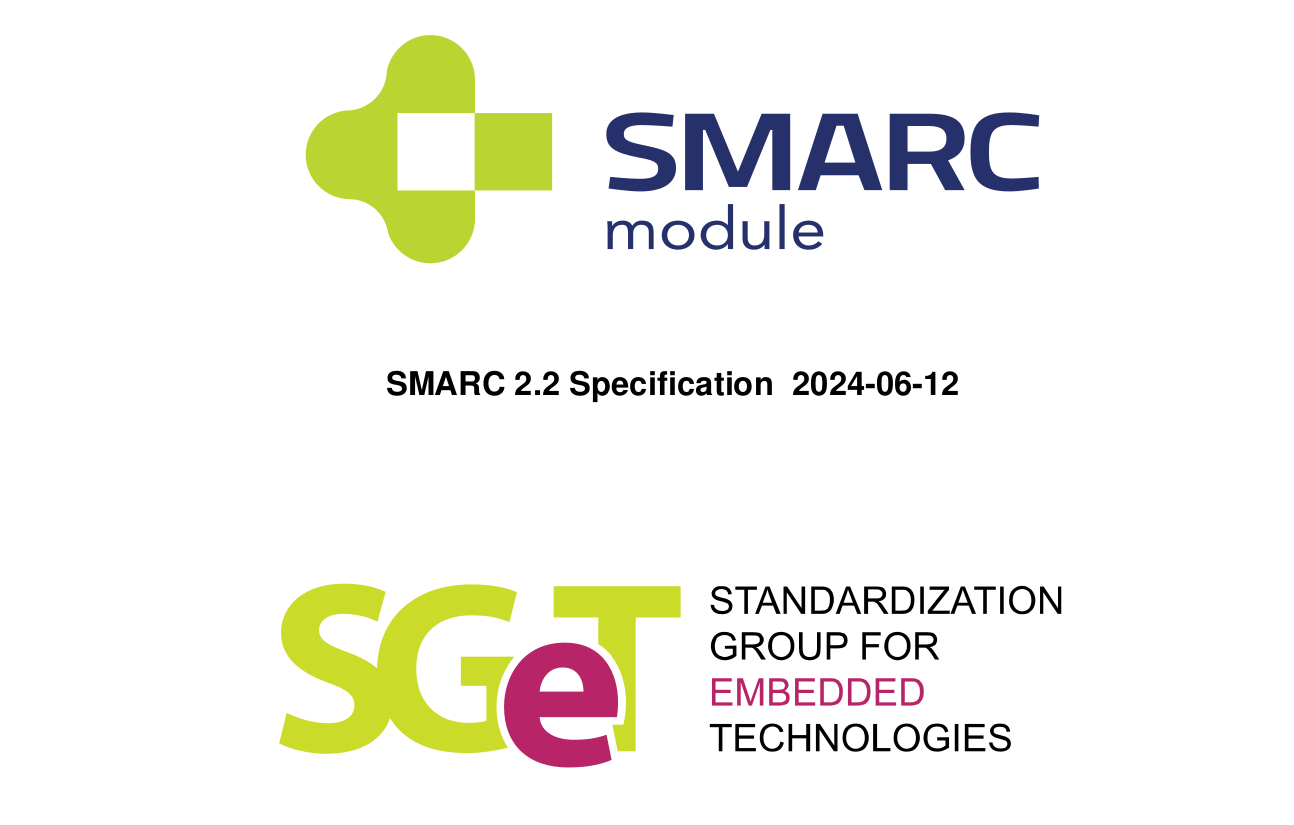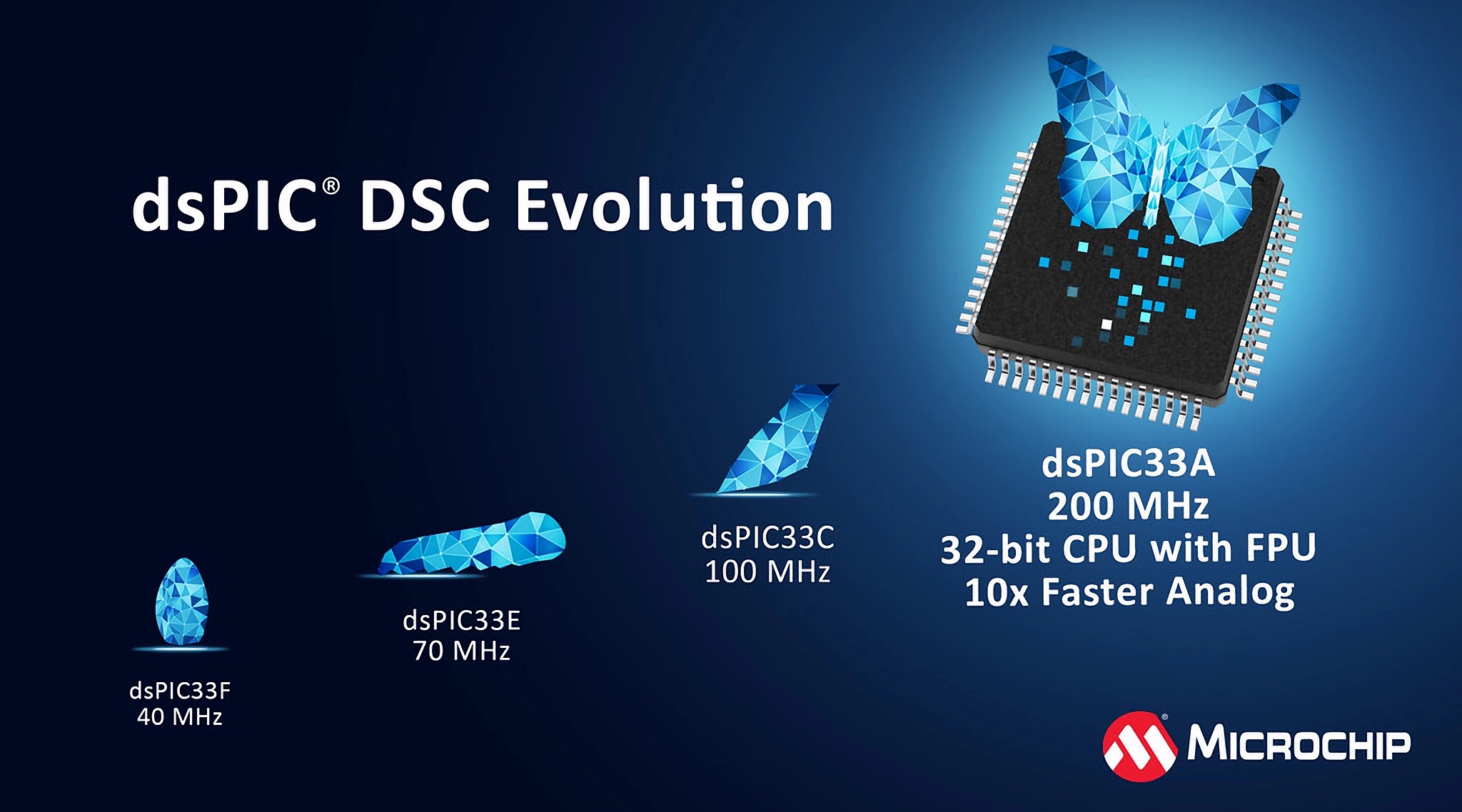The Bluetooth Special Interest Group (SIG) has just announced the release of the Bluetooth 6.0 Core Specification with features and feature enhancements that include Bluetooth Channel Sounding for two-way ranging between BLE devices, decision-based advertising filtering and monitoring advertisers to improve device scanning efficiency, an enhancement to the Isochronous Adaptation Layer (ISOAL) for lower latency and higher reliability, the LL extended feature set, and a frame space update for throughput optimization. Bluetooth 5.4 was released as a minor update mostly adding electronic shelf label (ESL) support in February 2023, or about 18 months ago, but Bluetooth 6.0 is a major update with the most notable feature being Bluetooth Channel Sounding to enable two-way ranging between two Bluetooth LE devices. It’s not the first time we’ve heard about “Bluetooth Channel Sounding” for distance measurements as it was implemented in WiFi 7/6 and Bluetooth 5.4 chipsets such as Synaptics SYN4382 and Broadcom […]
Compex unveils new Wi-Fi 7 dual-band dual-concurrent modules: WLE7002E25, WLTE7002E25 and WLTB7002E25 (Sponsored)
Compex Systems (Compex) announces the latest additions to its Wi-Fi 7 modules, WLE7002E25, WLTE7002E25, and WLTB7002E25, expanding its Wi-Fi 7 solution lineup. The updated lineup now includes M.2 variants to its popular dual-band Wi-Fi 7 modules. The new WLE7002E25, one of the first in the industry to feature a standard mini PCIe form factor, promises enhanced wireless performance and reliability at Wi-Fi 6 prices. The similar-sized WLTE7002E25 with an M.2 E Key and WLTB7002E25 with an M.2 B+M Key further broaden the versatility of Compex’s Wi-Fi 7 solutions. Powered by Qualcomm’s QCN6224, QCN6274, and QCN9274 Waikiki series radio chipsets, the new WLE/WLTE/WLTB7002E25 are dual-band dual-concurrent 2.4+5GHz Wi-Fi 7 (802.11be) modules, offering wider signal coverage by transmitting both bands concurrently, reducing latency with Multi-Link Operation (MLO) support, featuring OFDMA and 4096 QAMs. Delivering up to 20dBm per chain, these 2×2 MU-MIMO models are ideal for enterprise, industrial, cybersecurity, transportation, and SMB applications. […]
Infineon AIROC CYW20829 Bluetooth LE 5.4 MCU and module family targets industrial, consumer, and automotive applications
Infineon has recently released the AIROC CYW20829 Bluetooth LE (Low Energy) 5.4 family which now includes SoCs and modules. These SoCs include two Cortex-M33 MCU cores: one 48 or 96 MHz application core for the peripherals, security, and system resources, and one communication core for the 2.4 GHz RF transceiver with up to 10 dBm transmit power and -98 dBm receive sensitivity. This high integration reduces bill-of-material (BOM) costs for a wide variety of applications, including PC accessories, low-energy audio, wearables, solar micro inverters, asset trackers, home automation, and others. Back in 2021, we saw Infineon release the AIROC CYW5557x family of Wi-Fi 6/6E SoCs for IoT and streaming devices with features like enhanced range and improved network efficiency. More recently, Infineon announced the PSOC Edge E81, E83, and E84 MCU based on Cortex-M55/M33 microcontrollers. Feel free to check those out if you are looking for Infineon-specific MCUs. Infineon AIROC […]
Abluetech PTR7002 WiFi 6 and PTR5302 WiFi 6 and BLE 5.4 modules feature Nordic Semi nRF7002/nRF5340 wireless chips
Shenzhen-based Abluetech has launched two low-power wireless modules based on Nordic Semi nRF7002 and nRF5340 wireless chips. The PTR7002 is a dual-band WiFi 6 module based on the nRF7002 chip, and the PTR5302 module combines the nRF7002 with the nRF5340 wireless microcontroller to offer dual-band WiFi 6 and Bluetooth LE 5.4 connectivity Abluetech PTR7002 dual-band WiFi 6 module with nRF7002 PTR7002 specifications: Chipset – Nordic Semi nRF7002 Wireless Dual-band Wi-Fi 6 Tx power – Up to +21dBm Rx sensitivity – -96.5dBm @ 2.4GHz / -90.5dBm @ 5GHz PHY bandwidth – Up to 86 Mbps (MCS7) 1SISO; 20MHz bandwidth Modes – Station, Wi-Fi Direct, Soft AP (Wi-Fi 4 operation only), simultaneous Station +Soft AP/Wi-Fi Direct/Station modes. 2.4GHz and 5GHz dual-band PCB antenna Range – Up to 300 meters Host interface – SPI / QSPI; AT command set Supply Voltage – 2.9 to 4.5V Power Consumption (@ 3.6V TBC) Tx peak current […]
Solder Party’s “RP2350 Stamp” modules features Raspberry Pi RP2350A or RP2350B microcontroller
Solder Party’s RP2350 Stamp is an update to the company’s tiny RP2040 Stamp module based on a Raspberry Pi RP2350A, and they also introduced the RP2350 Stamp XL module that makes use of the extra GPIO pins on the RP2350B, and a “RP2xxx Stamp Carrier XL” carrier board taking either module. RP2350 Stamp and RP2350 Stamp XL The RP2350 Stamp has exactly the same layout as the RP2040 Stamp and mostly benefits from the more powerful Cortex-M33 cores, additional memory, and security features, while the XL variant adds more GPIOs, footprint for a PSRAM chip, as well as UART and SWD connectors. Both come with a 16MB SPI flash for storage. RP2350 Stamp specifications: Microcontroller – Raspberry Pi RP2350A MCU CPU – Dual-core Arm Cortex-M33 processor @ 150MHz Memory – 520KB internal RAM 8KB OTP Storage Package – QFN-60; 7×7 mm Storage – 16MB flash I/Os – All 30x I/Os […]
Waveshare ESP32-S3-Zero is a tiny WiFi and BLE IoT module with a USB-C port, up to 32 GPIOs
Waveshare ESP32-S3-Zero is a tiny (23.5×18 mm) module based on Espressif ESP32-S3 WiFi 4 and BLE microcontroller with two rows of nine through holes plus 16 pads for GPIOs, a USB-C port for power and programming, Boot and Reset buttons, and a ceramic antenna. It reminds me of the Seeed Studio’s XIAO ESP32S3 module with an even smaller 21 x 17.5mm design, but the ESP32-S3-Zero offers more GPIOs, an RGB LED, and a built-in ceramic antenna instead of a u.FL connector for an external antenna. Waveshare ESP32-S3-Zero specifications: Wireless MCU – Espressif Systems ESP32-FH4R2 CPU – dual-core Tensilica LX7 microcontroller @ 240 MHz Memory – 512KB SRAM, 2MB PSRAM Storage – 4MB flash Wireless – Wi-Fi 4 & Bluetooth 5.0 dual-mode (classic + BLE) connectivity Antenna – 2.4 GHz ceramic antenna USB – USB Type-C port for power and programming Expansion I/Os 2x 9-pin 2.54mm pitch headers and castellated holes […]
SMARC 2.2 specification adds support for Soundwire, PCIe Gen4, and more
SGET (Standardization Groups for Embedded Technologies) has announced the release of the SMARC 2.2 specification with various improvements including support for Soundwire, PCIe Gen4, and severa; other changes related to pinout definitions and signal descriptions, as well as various bug fixes and corrections. SMARC (“Smart Mobility ARChitecture”) is one of the many standards for systems-on-module designed to enable interoperability between vendors that offer modules compliant with the standard. SMARC features a 314-pin MXM 3.0 connector and is available in two form factors, either 82×50 mm or 82×80 mm, with the former being more common. SMARC 2.2 changes since SMARC 2.1 (April 2020): Removed wrong AC coupling comment in section 3.5.1 HDMI (SMARC 2.1.1 update) Added Soundwire as an alternative function for I2S2 Added SERDES reset signal as an alternative function of PCIe reset signal Added SERDES interrupt signals as dual-function on GPIO[7:8] Updated supported Ethernet speed and renamed the LINK […]
200 MHz Microchip dsPIC33A 32-bit digital signal controller offers double-precision FPU, high speed analog interfaces
Top digital signal controller (DSC) vendor, Microchip Technology Inc., has launched the dsPIC33A series as the newest addition to its portfolio of high-performance DSCs. These digital signal controllers combine the capabilities of a digital signal processor (DSP) with the extensive peripherals of a microcontroller (MCU). The dsPIC33A series is built around a 32-bit architecture and operates at 200MHz – currently the highest clock speed for a dsPIC. The core includes a double-precision floating-point unit (DP FPU) and a DSP instruction set for numerically intensive operations in closed-loop control algorithms. The dsPIC33A architecture offers high-performance, high-precision real-time control and signal processing in various applications. The family of DSCs launching the dsPIC33A series, dsPIC33AK128MC1xx, features up to 128KB of flash memory, and an extensive set of built-in peripherals. It comes in different packages, including SSOP, VQFN, and TQFP, with pin counts ranging from 28 to 64 and sizes starting as small as […]



